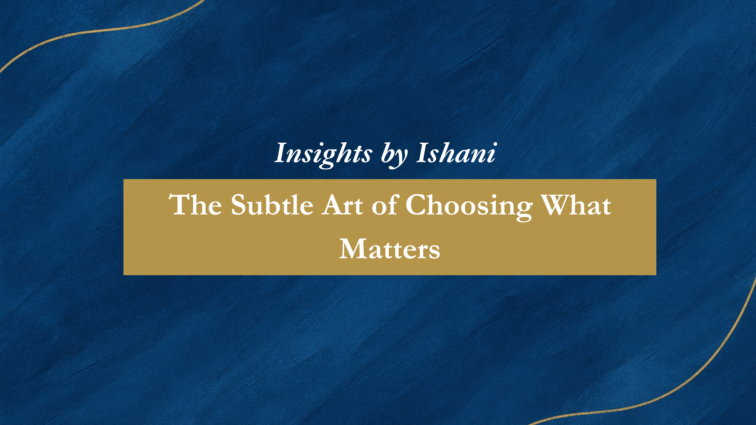We often mistake motion for progress. The inbox is full, meetings are back-to-back, and the day feels productive, until you realise you’ve spent all your time solving what’s immediate, not building what endures.
Dwight Eisenhower, the 34th President of the United States, once said, “What is important is seldom urgent, and what is urgent is seldom important.”
That simple sentence became one of the most practical tools for decision-making, the Eisenhower Matrix.
Decades later, author Stephen Covey distilled this principle into a four-quadrant framework in his book The 7 Habits of Highly Effective People, bringing Eisenhower’s philosophy into modern productivity thinking.
It divides your time and energy into four quadrants:
1️⃣ Urgent and Important: tasks that demand immediate attention.
2️⃣ Important but Not Urgent: work that shapes the long term.
3️⃣ Urgent but Not Important: activity that feels pressing but adds little value.
4️⃣ Neither Urgent nor Important: the quiet drift of distraction.
For founders and investors, the pull between urgency and importance is constant. The Eisenhower Matrix doesn’t prescribe action, it reveals patterns. It shows where attention naturally flows, and whether that flow aligns with what truly matters.
Sometimes clarity begins not with doing, but with seeing. Only when you see the gap between urgency and importance can you choose which fires are worth lighting, not just which ones to put out.

